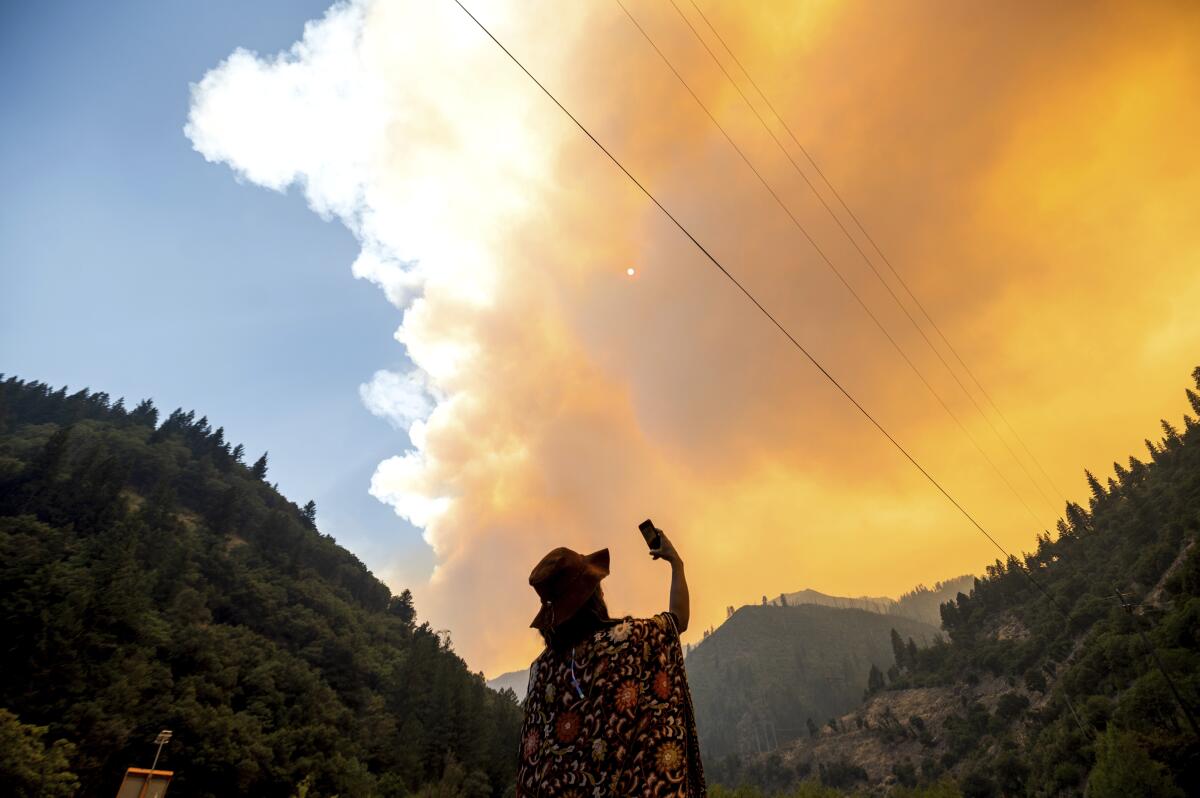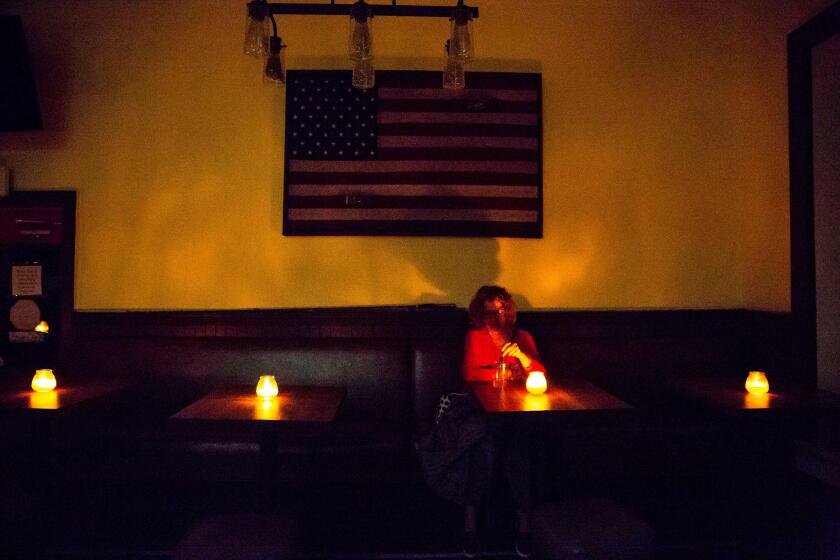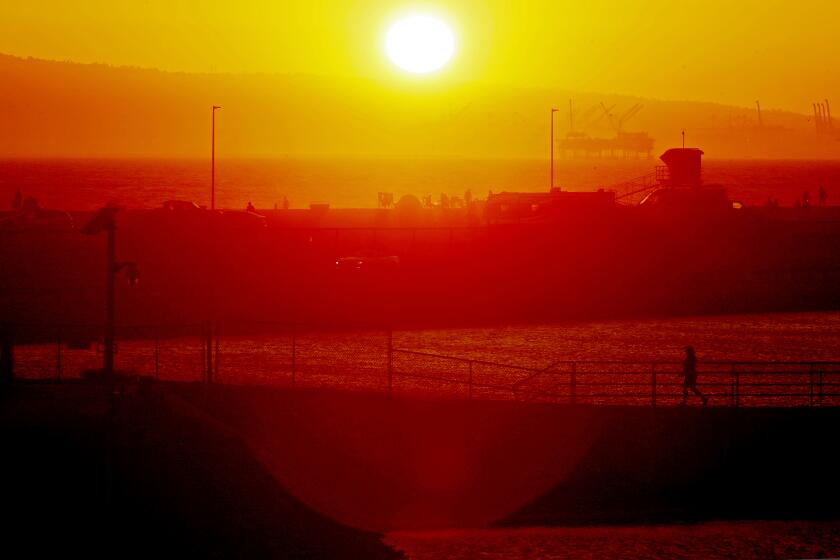How to save power during a Flex Alert

- Share via
California’s sultry summer days come with an increased risk of power outages and wildfires. But there’s a way you can help: by decreasing how much power you’re using during a Flex Alert.
A Flex Alert is a notice by California’s Independent System Operator, which oversees our state’s power grid. Basically, it is a request for people to consider unplugging devices, turning up the thermostat a few degrees, and holding off on running large appliances until the power demand is lower later in the evening. Flex Alerts tend to be set from late afternoon through the evening, when people are starting to return from school and work and everyone’s flipping on the air conditioning.
If energy usage doesn’t come down enough, the ISO can direct utility companies to rotate power outages to prevent the grid from collapsing.
When there’s a risk of a blackout, how do you prepare? And what should you do — and not do — when one is happening and after it’s over?
What should I do during a Flex Alert to save power?
Here are some things you can do:
- Set your air conditioner to 78 degrees or higher.
- Turn off unnecessary lights.
- Unplug electrical devices you’re not using.
- Close blinds and drapes to keep rooms cooler.
- Use fans instead of running the air conditioner.
- Avoid using major appliances such as dishwashers, washers and dryers.
- Wait to start charging your electric car until the Flex Alert ends.
- If your water heater is electric, hold off on that hot shower.
- Instead of watching TV or playing Madden, break out a board game, do a puzzle or read a book.
When you know a Flex Alert is scheduled for later in the day, think about charging your devices and cranking the air conditioning beforehand. Then unplug your stuff and turn the thermostat up to 78 degrees or higher once the alert begins.
“It’s during those Flex Alerts, those peak hours, that’s when you want to conserve energy,” Diane Castro, a spokesperson for Southern California Edison, said in a 2021 interview with The Times.
Complying with a Flex Alert is completely voluntary. No one’s going to come knocking at your door if you use your AC to turn your living room into a meat locker. But an overburdened grid can lead to power outages, wildfires and other bad things we generally want to avoid, so it’s in your best interest to do your part.
An excessive heat watch is in place for much of Southern California this week. Keep yourself, your kids and your pets safe during hot temperatures with these tips.
If there is a risk of a power outage where you are, here’s what to do before, during and after the power goes out. And if a wildfire is in your area and you may need to evacuate, we have advice on what to take with you and what to leave behind.
If you want to prepare your home for when — not if — California gets another big quake, sign up for our Unshaken newsletter series.
About The Times Utility Journalism Team
This article is from The Times’ Utility Journalism Team. Our mission is to be essential to the lives of Southern Californians by publishing information that solves problems, answers questions and helps with decision making. We serve audiences in and around Los Angeles — including current Times subscribers and diverse communities that haven’t historically had their needs met by our coverage.
How can we be useful to you and your community? Email utility (at) latimes.com or one of our journalists: Jon Healey, Ada Tseng, Jessica Roy and Karen Garcia.
More to Read
Sign up for Essential California
The most important California stories and recommendations in your inbox every morning.
You may occasionally receive promotional content from the Los Angeles Times.













